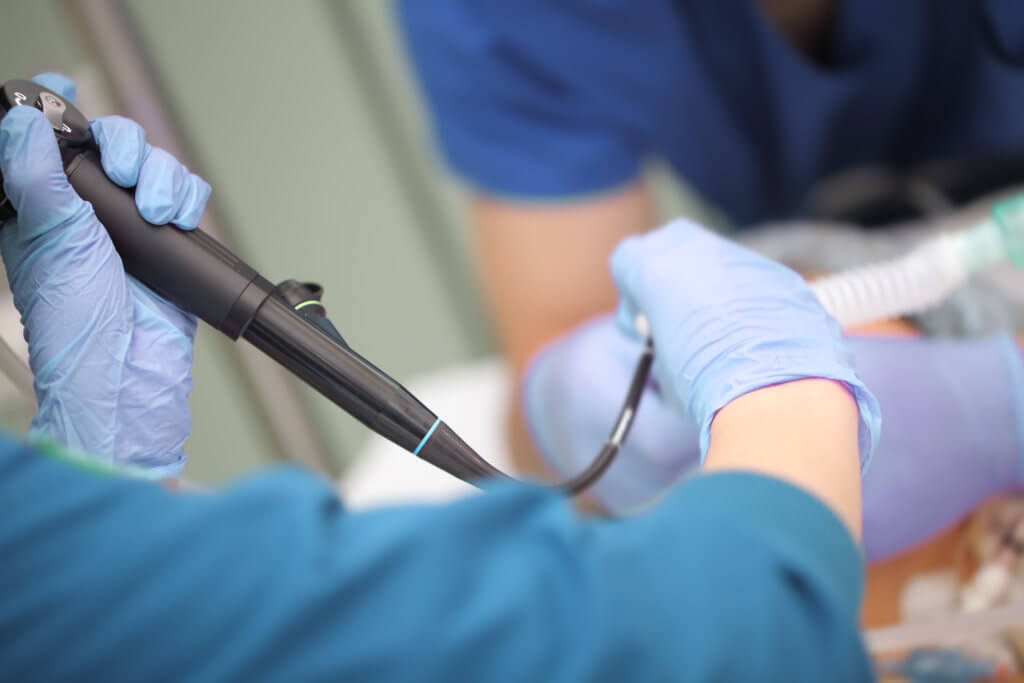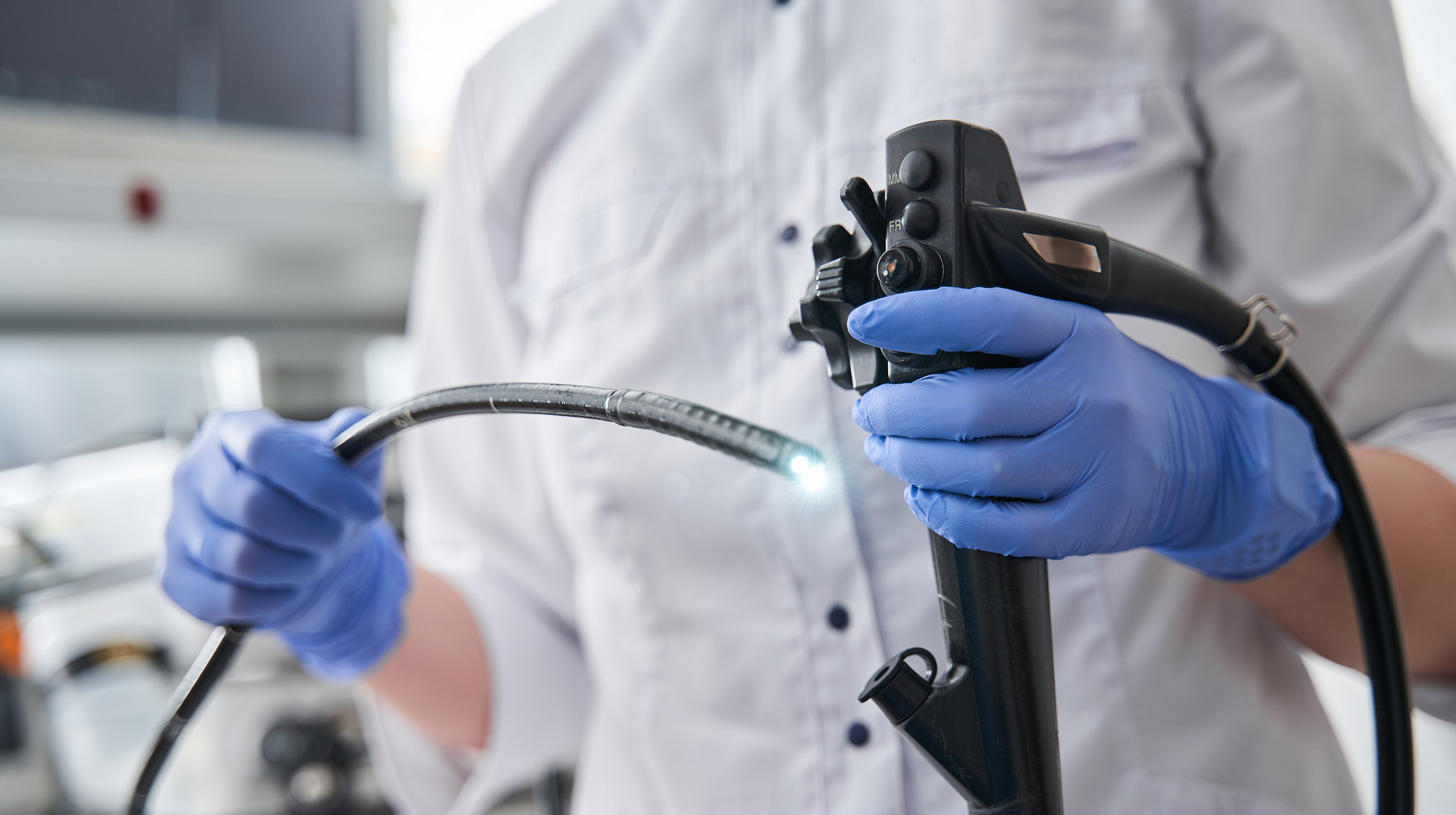
Groundbreaking research and an upswing in approvals from the U.S. Food and Drug Administration have led to a “renaissance period” for bladder cancer treatment.
So says Dr. Michael S. Cookson, professor, and chair of urology at the University of Oklahoma Health Sciences Center in Oklahoma City, in a recent article for Urology Times.
In fact, bladder cancer treatment and research has seen major breakthroughs in recent years after decades of little to no advancement.
Cookson calls out several new bladder cancer treatment options, including:
“These and other agents used alone or in combination will revolutionize the treatment of patients who until recently had few bladder-preserving options and were often relegated to radical cystectomy,” Cookson writes. “After a long period of stagnation and inertia, the bladder cancer space is alive and full of innovation and activation.”
Immune therapy and new technology
In July 2020, the FDA approved the immune checkpoint inhibitor avelumab (Bavencio) for people with advanced bladder cancer that has shrunk or stopped growing after chemotherapy. The National Cancer Institute describes this and other immunotherapies as working by “releasing the brakes” on the immune system and letting immune cells detect and kill cancerous ones.
The NCI names two recently approved targeted therapies, which use drugs to identify and target cancer cells while causing less harms to healthy cells. The organization lists 142 ongoing clinical trials for bladder cancer treatment.
The American Cancer Society cites many emerging bladder cancer treatments, including robotic surgery, combination therapies, photodynamic therapy, and gene therapy. Another exciting development are urine tests that aim to detect bladder cancer that is in an early stage or recurring.
The American Cancer Society estimates 83,730 new cases of bladder cancer will be diagnosed and 17,200 people will die from the disease in the United States this year. It is the fourth most common cancer in men and about nine in 10 people diagnosed are over the age of 55.


